#early dynastic
Text


A small Egyptian alabaster jar inscribed for Hetep-Neith
Early Dynastic, 1st Dynasty, circa 3100 B.C.
#A small Egyptian alabaster jar inscribed for Hetep-Neith#Early Dynastic#1st Dynasty#circa 3100 B.C.#ancient artifacts#archeology#archeolgst#history#history news#ancient history#ancient culture#ancient civilizations#ancient egypt#egyptian history#egyptian hieroglyphs#egyptian art#ancient art#art history
31 notes
·
View notes
Photo

Stone tablet with proto-cuneiform inscription
Mesopotamia (Iraq), probably Girsu (modern Tello)
Early Dynastic period, ca. 2750-2500 BCE
The text records allocations of land to various individuals, and it mentions the name of a certain Enhegal, who seems to bear the title “king (lugal) of Lagash,” but who is otherwise not attested in historical sources.
Penn Museum, Philadelphia, PA, CBS 10000
https://www.penn.museum/collections/object/347463
207 notes
·
View notes
Text

Ancient Egyptian libation dish (greywacke) depicting ka-arms presenting an ankh-symbol. Artist unknown; ca. 3100-2900 BCE (Early Dynastic period, 1st Dynasty). Now in the Metropolitan Museum of Art.
#art#art history#ancient art#Egypt#Ancient Egypt#Egyptian art#Ancient Egyptian art#Egyptian religion#Ancient Egyptian religion#kemetic#libation dish#sculpture#stonework#carving#greywacke#Early Dynastic#First Dynasty#Metropolitan Museum of Art
148 notes
·
View notes
Text

Bracelet - Met Museum Collection
Inventory Number: 35.7.35
Early Dynastic Period, ca. 2960–2649 B.C.
Location Information: From Egypt, Southern Upper Egypt, Hierakonpolis (Nekhen), Fort Cemetery (Hk 27), Tomb 21, MMA excavations, 1934–35
#bracelet#bracelets#early dynastic#upper egypt#southern upper egypt#hierakonpolis#nekhen#jewelry#EDJ#met museum#35.7.35
0 notes
Text

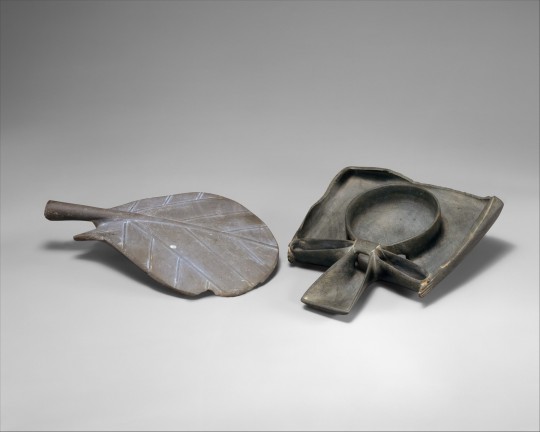
~ Libation Dish Depicting Ka-Arms Presenting an Ankh-Sign.
Period: Early Dynastic Period, 1st Dynasty
Date: ca. 3100–2900 B.C.
Place of origin: Egypt
Medium: Greywacke
#ancient#ancient art#history#museum#archeology#ancient egypt#ancient history#archaeology#Egyptian#egyptology#egypt#ist dynasty#early Dynastic Period#libations dish#Ka-arms#Ankh#greywacke#ca. 3100 b.c.#2900 b.c.
418 notes
·
View notes
Text
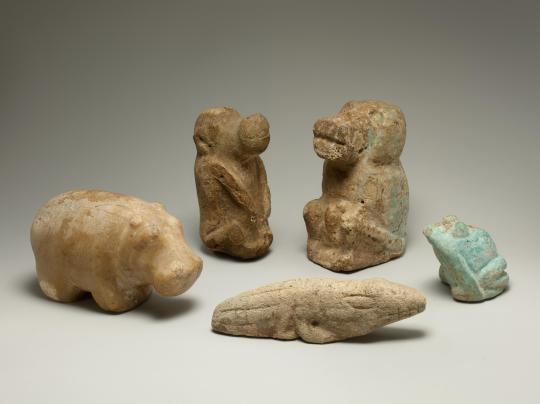
Various artists, Small animal figurines
Early Dynastic Period, ca. 3100–2649 B.C.
178 notes
·
View notes
Text

Lioness Game Piece
Egyptian, ca. 2850 BCE (Early Dynastic Period, late 1st-2nd dynasty)
Ivory was used, from predynastic times forward, to create luxurious practical objects such as combs, hair pins, amulets, spoons, and knife handles (Drenkhahn 1986). Around 3000-2900 BCE, a distinctive class of ivory objects--gaming pieces in the form of animals--emerged. These small statuettes represent recumbent lions (both male and female) and hounds. The broad collar and absence of a mane indicate that the subject of the piece illustrated here is a female lion; the rectangular pectoral on the figure's breast is the result of modern recarving, and the high polish was not original to the figure. Such a figurine was probably used in the game of "Mehen" ("coiled one"), played on a round board in the form of a coiled serpent with a trapeziodal projection. The game was popular until the end of the Old Kingdom.
184 notes
·
View notes
Photo

Egypt had an unusually powerful 'female king' 5,000 years ago, lavish tomb suggests | Live Science
21 notes
·
View notes
Text

The ankh is a hieroglyphic symbol that stands for the term “life.”
In icongraphy of the Egyptian gods, especially in offering scenes, you see the gods holding an ankh in their right or left hands. This was something that was offered to the gods and sometimes to the pharaoh as well. It was given as a notion to represent the power to sustain life. Ankhs were placed onto sarcophagi to ensure life after death. The ankh is also associated with the sun, perhaps because without it life would cease to exist- A/p/e/p and Isfet would dominate the plains. Along with it being associated with fertility and light.
Image from: https://en.m.wikipedia.org/wiki/Ankh
#ankh#egyptian mythology#kemetic paganism#kemetic#kemetism#the key of life#the cross of life#eternal life#life#life after death#ancient egypt#early dynastic period#ancient kemet#kmt#symbols#sacred symbols#kemetic spirituality#kemetic religion
16 notes
·
View notes
Text
The two sides of the Standard appear to be the two poles of Sumerian kingship, war and peace. The war side was found face up and is divided into three registers (bands), read from the bottom up, left to right. The story begins at the bottom with war carts, each with a spearman and driver, drawn by donkeys trampling fallen enemies, distinguished by their nudity and wounds, which drip with blood. The middle band shows a group of soldiers wearing fur cloaks and carrying spears walking to the right while bound, naked enemies are executed and paraded to the top band where more are killed.
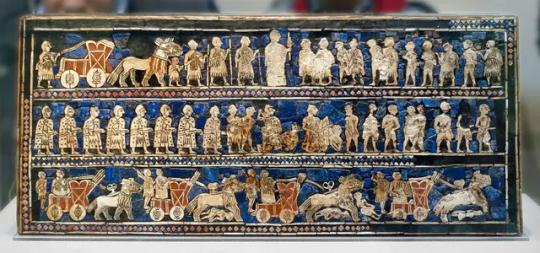

In the center of the top register, we find the king, holding a long spear, physically larger than everyone else, so much so, his head breaks the frame of the scene. Behind him are attendants carrying spears and battle axes and his royal war cart ready for him to jump in. There is a sense of a triumphal moment on the battlefield, when the enemy is vanquished and the victorious king is relishing his win. There is no reason to believe that this is a particular battle or king as there is nothing which identifies it as such; we think it is more of a generic image of a critically important aspect of Ancient Near Eastern kingship.
The opposite peace panel also illustrates a cumulative moment, that of the celebration of the king, this time for great agricultural abundance which is afforded by peace. Again, beginning at the bottom left, we see men carrying produce on their shoulders and in bags and leading donkeys. In the central band, men lead bulls, sheep and goats, and carry fish. In the top register a grand feast is taking place, complete with comfortable seating and musical accompaniment.
On the left, the largest figure, the king, is seated wearing a richly flounce fur skirt, again so large, even seated, he breaks the frame. Was it an epic tale of battle that the singer on the far right is performing for entertainment as he plays a bull’s head lyre, again, like the Queen’s Lyre? We will never know but certainly such powerful images of Sumerian kingship tell us that [whoever] ended his life with the Standard of Ur on his shoulder was willing to give his life in a ritual of kingly burial.
#studyblr#history#military history#archaeology#art#art history#music#music history#anthropology#sociology#politics#transport#animals#food and drink#agriculture#early dynastic period (mesopotamia)#mesopotamia#sumer#ur#leonard woolley#standard of ur#chariots#lyre#lapis lazuli
3 notes
·
View notes
Text
The Early Dynastic Period of Mesopotamia is the modern-day archaeological term for the era in Mesopotamian history – 2900-2334 BCE – during which some of the most significant cultural advances were made including the rise of the cities, the development of writing, and the establishment of governments.
This era was preceded by the Uruk Period (4100-2900 BCE) when the first cities were established in the region of Sumer (southern Mesopotamia) and succeeded by the Akkadian Period (2334-2218 BCE) when Mesopotamia was conquered by Sargon of Akkad (r. 2334-2279 BCE) and ruled by him and his successors as the Akkadian Empire.
The term Early Dynastic Period was coined by Orientalist Henri Frankfort (l. 1897-1954 CE) to mirror the Early Dynastic Period in Egypt, a similar period of development. It should be noted, however, that the advances of Mesopotamia's Early Dynastic Period differed from Egypt's in significant ways, notably in that Mesopotamia – even under the rule of Sargon or later empires – was never the cohesive ethnic or political entity Egypt was and the kinds of cultural development cited for this era were not as uniform as they were in Egypt.
The city-states of Sumer were, for much of their history, each independently governed – not united under the reign of a single king as in the case of Egyptian government – and so a city like Uruk or Ur might have developed some important cultural advance which was not shared – at least not readily – with others.
The era is divided by archaeologists into three subperiods:
Dynastic I – 2900-2800 BCE
Dynastic II – 2800-2600 BCE
Dynastic III – 2600-2334 BCE
These are considered arbitrary divisions by some scholars and historians as there is no clear demarcation line separating one from the next. Even so, there is enough of a subtle difference that division is considered justified.
#studyblr#history#military history#archaeology#civilization#politics#sociology#invention#languages#writing#uruk period#early dynastic period (mesopotamia)#akkadian period#mesopotamia#sumer#akkadian empire#uruk#ur#iraq#kuwait#sargon of akkad#henri frankfort#sumerian language#cuneiform#sumerian cuneiform
0 notes
Photo

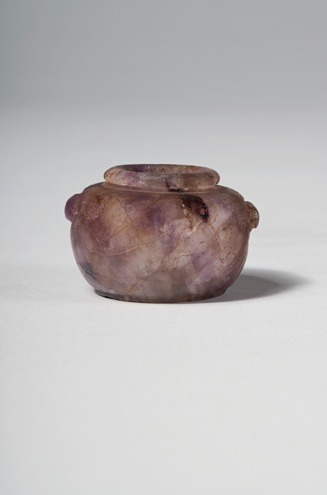


AN EGYPTIAN AMETHYST JAR
EARLY DYNASTIC PERIOD, 1ST-2ND DYNASTY, CIRCA 3000-2686 B.C.
2 in. (5 cm.) wide
#An Egyptian Amethyst Jar#early dynastic period 1st-2nd dynasty cir 3000-2686 B.C.#ancient artifacts#archeology#archeolgst#history#history news#ancient history#ancient culture#ancient civilizations#ancient egypt#egyptian history
162 notes
·
View notes
Photo

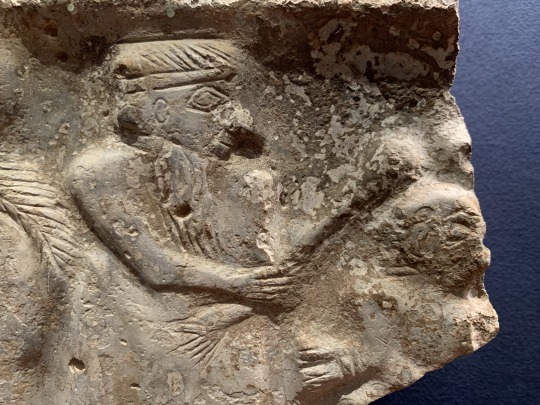
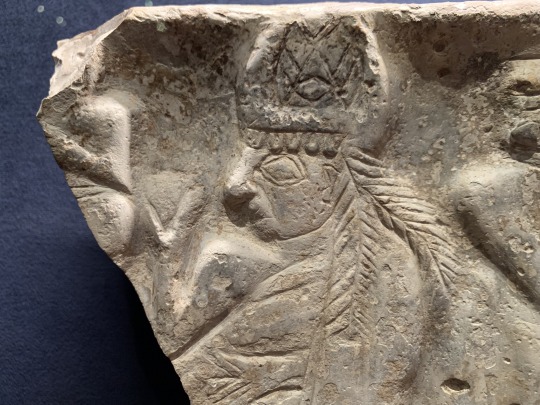
Fragment of a stele depicting seated goddess and king with mace, striking a bound prisoner
Calcite
Girsu (modern Tello), Iraq
Sumerian, Early Dynastic IIIb period, ca. 2500-2334 BCE
Musée du Louvre, AO 48
On display in the exhibition She Who Wrote: Enheduanna and the Women of Mesopotamia at the Morgan Library, New York, January 2023
8 notes
·
View notes
Text

Head of a Man - Met Museum Collection
Inventory Number: 03.4.15
Early Dynastic, Probably Dynasty 2. ca. 2900–2650 B.C.
Location Information: From Egypt, Northern Upper Egypt, Abydos, Osiris temple, Chamber M69, Egypt Exploration Fund excavations, 1902–03
#head of a man#early dynastic#dynasty 2#upper egypt#northern upper egypt#abydos#osiris temple#met museum#03.4.15#mens hair and wigs#EDMHW
0 notes
Text
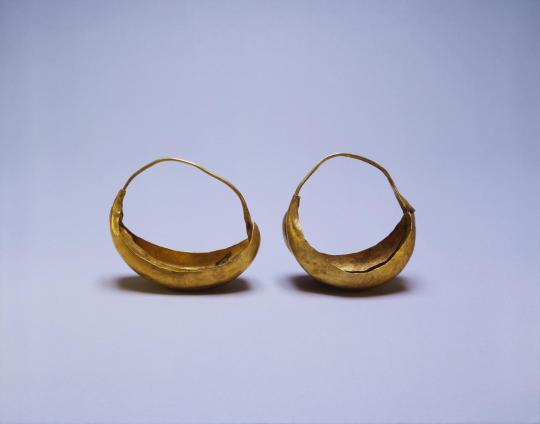
~ Earrings
Place of origin: Ur, Iraq
Period: Early Dynastic III
Date: 2600-2450 B.C.
Materials: Gold
#ancient#ancient art#history#museum#archeology#archaeology#ancient history#middle east#middle eastern#iraq#ur#ancient jewelry#earrings#gold#early dynastic III#2600 b.c.#2450 b.c.
626 notes
·
View notes
Text
I was just listening to a podcast about this and I thought it was quite interesting! And it's a fairly "recent" find!
#AncientEgypt#history#archaeology#ancient history#egypt#egyptian history#The Buried Pyramid#Pyramid of Sekhemkhet#arts and culture#unfinished step pyramid#Third Dynasty#Egyptology#Sekhemkhet Djoserty#Old Kingdom Egypt#Early Dynastic Period#step pyramid#Zakaria Goneim#Unas complex#saqqara
1 note
·
View note